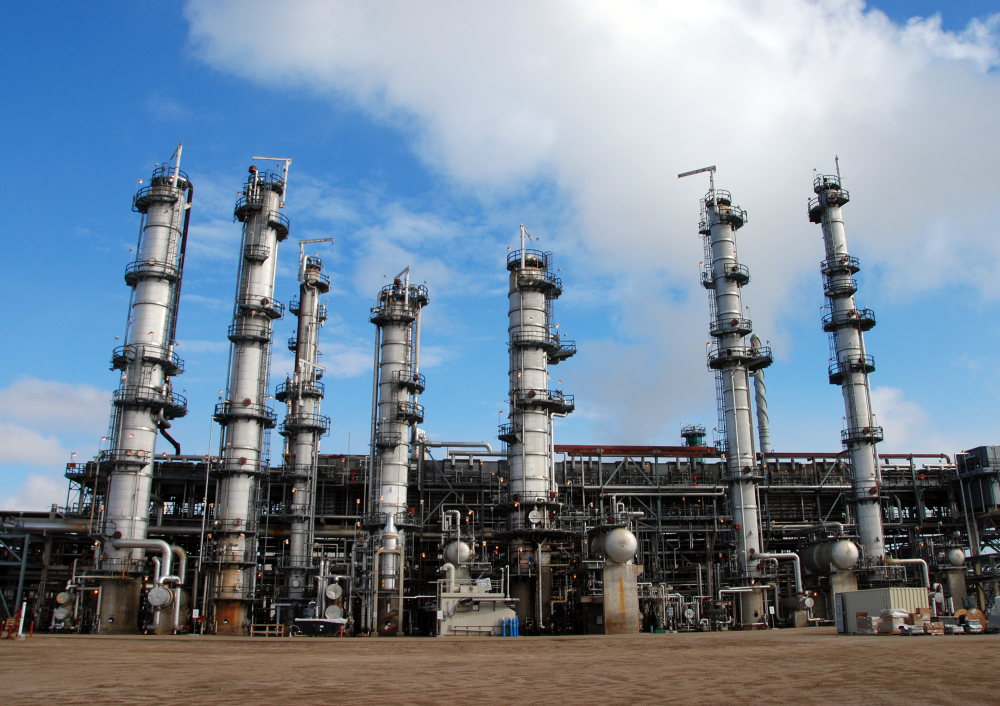In a previous blog we compared Alberta’s new and old carbon pricing systems. Here we look at how these systems play out in Alberta’s largest source of greenhouse gas emissions – the oil and gas sector.
Alberta has had a price on carbon pollution since 2007, beginning with the Specified Gas Emitters Regulation (SGER), which paved the way to the stronger system now in place under Alberta’s Climate Leadership Plan (CLP).
In 2017, SGER was replaced by the Carbon Competitiveness Incentive Regulation (CCIR) as part of the province’s new climate plan, which also introduced a carbon levy. This new program is a significant improvement, addressing some of the biggest limitations in SGER by creating a system that rewards top performers, appropriately expands coverage and creates strong incentives to shift to lower emissions intensive production.
Rewarding top performers
Under SGER, greenhouse gas (GHG) emissions limits were set for every facility emitting over 100 kt of CO2 equivalent, based on that facility’s historical data. This system created poor overall outcomes for the sectors’ GHG performance, because top performers were not rewarded for their leadership; it didn’t matter whether your operation had high or low emissions intensity, each producer only had to reduce emissions relative to their own base level.
This system created an incentive for only marginal improvement at individual facilities, and neither motivated nor rewarded the best performers. In fact, because a facility’s benchmark intensity was based on its first three years of operation, it could be argued there was incentive to design new facilities with poor immediate performance, but potential for future improvements. Meanwhile, a producer that had acted to reduce emissions before the implementation of SGER was penalized, while those that made reductions afterward were rewarded.
All of these factors made SGER ineffective in driving large shifts within the sector towards operating practices with lower emissions. The figure below shows how oilsands facilities that produce bitumen through in-situ extraction were treated under SGER.

2015 data, supplied by Alberta Environment and Parks. Producer names have been anonymized.
This example highlights the flaws of the SGER approach:
Producer 1 is best in class with the lowest emissions intensity, but must still reduce emissions or pay a price. Producer 13 actually receives credits even though they emit more GHGs per barrel than eleven other facilities. Meanwhile, Producers 18 and 19 are the worst performers, but they get significantly different treatments with significantly different signals about improving performance.
Leveling the playing field under CCIR
CCIR subjects all facilities within the oil and gas sector to the same emissions intensity limit, based on the product and technology (e.g. barrel of bitumen produces via in-situ, barrel of bitumen produced via mining, amount of gas processed, etc.). Producers within each sector are treated equally, each working towards the same target.
With bitumen production, the benchmark intensity is based on top quartile performance. Those above are rewarded with credits, while low performers have incentive to reduce emissions to avoid carbon costs. In addition, the new system provides additional incentive for production of in-situ bitumen from higher quality reservoirs that require less energy and produce fewer carbon emissions.
The result is this new system creates motivation for a sector-wide shift from high to lower carbon-intensive methods of producing oil and gas. In contrast to the previous graph, the figure below shows how oilsands facilities that produce bitumen through in-situ extraction are treated under CCIR.
2015 data, supplied by Alberta Environment and Parks. Producer names have been anonymized.
Let’s take a look at the same producers as before:
Producer 1 had to pay a price or reduce emissions under SGER, but under CCIR gets recognition for best in class performance. Producer 11 was middle of the pack under SGER, but received a credit because they had a high intensity target. Under CCIR, they must pay a price or reduce emissions. Producers 18 and 19 faced drastically different compliance costs under SGER, while under CCIR they both face the same high costs due to their poor performance.
All polluters should pay, not just the biggest
To maximize the effectiveness of carbon pricing and treat all players in the oil and gas sector equally, the entire industry should be subject to a price on carbon pollution.
SGER applied only to large industrial polluters, including oilsands facilities, gas plants and pipelines, emitting over 100 kt of CO2 equivalent per year, which account for about half of the GHG emissions from the oil and gas sector in Alberta.
Similar to SGER, large industrial polluters are subject to CCIR. However, Alberta’s Climate Leadership Plan also includes a carbon levy, which will apply to the use of transportation and heating fuels at small facilities in the oil and gas sector (typically conventional oil and gas facilities).
Given the projected growth in Alberta’s oilsands, the CCIR system creates a strong incentive for new facilities to design and build best in class performance. SGER was version 1.0 and CCIR, the new system is an improved version 2.0. Together, CCIR and the carbon levy provide better coverage by accounting for a larger portion of Alberta’s GHG emissions, as well as more motivation toward both individual facility improvements and sector wide shifts.










